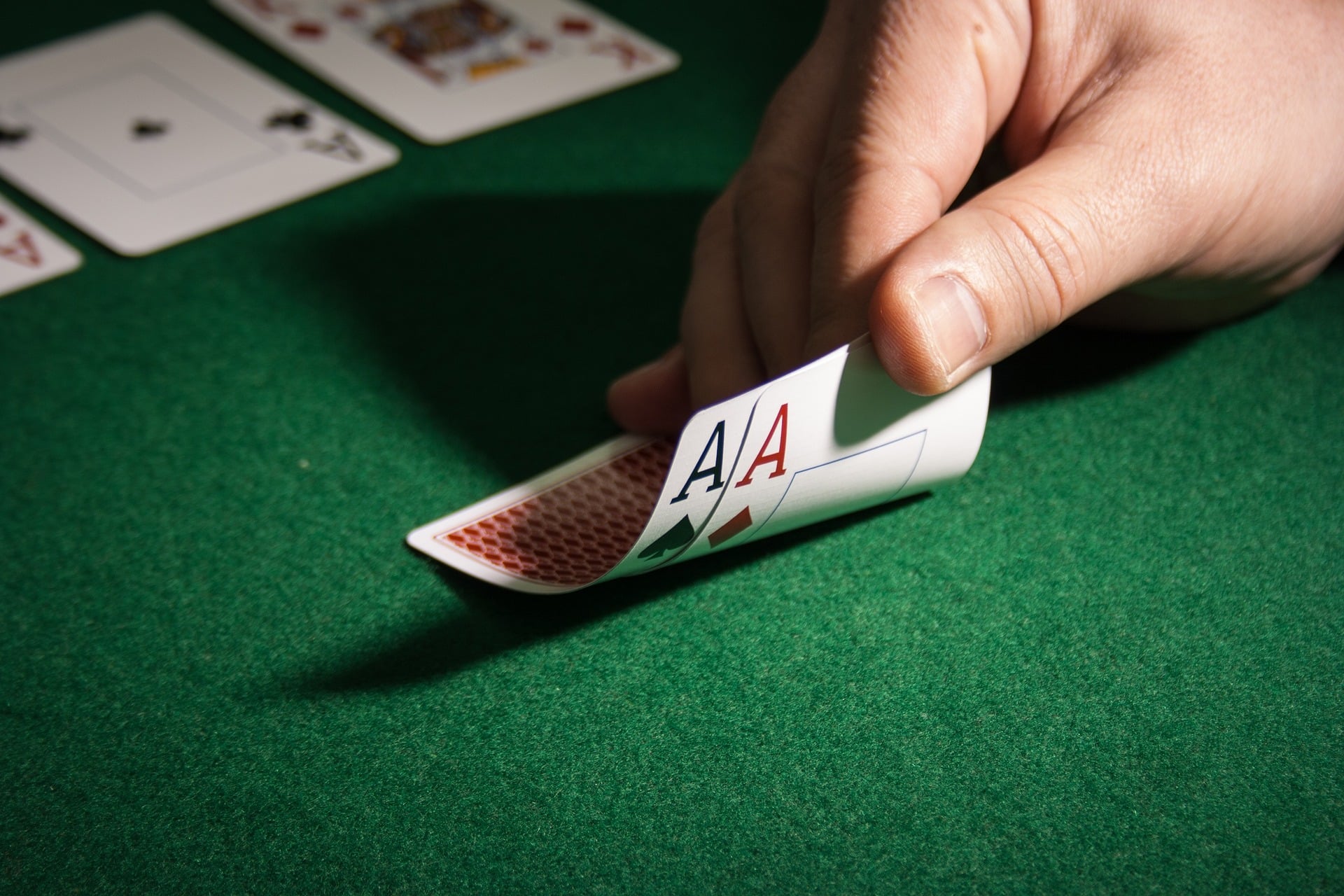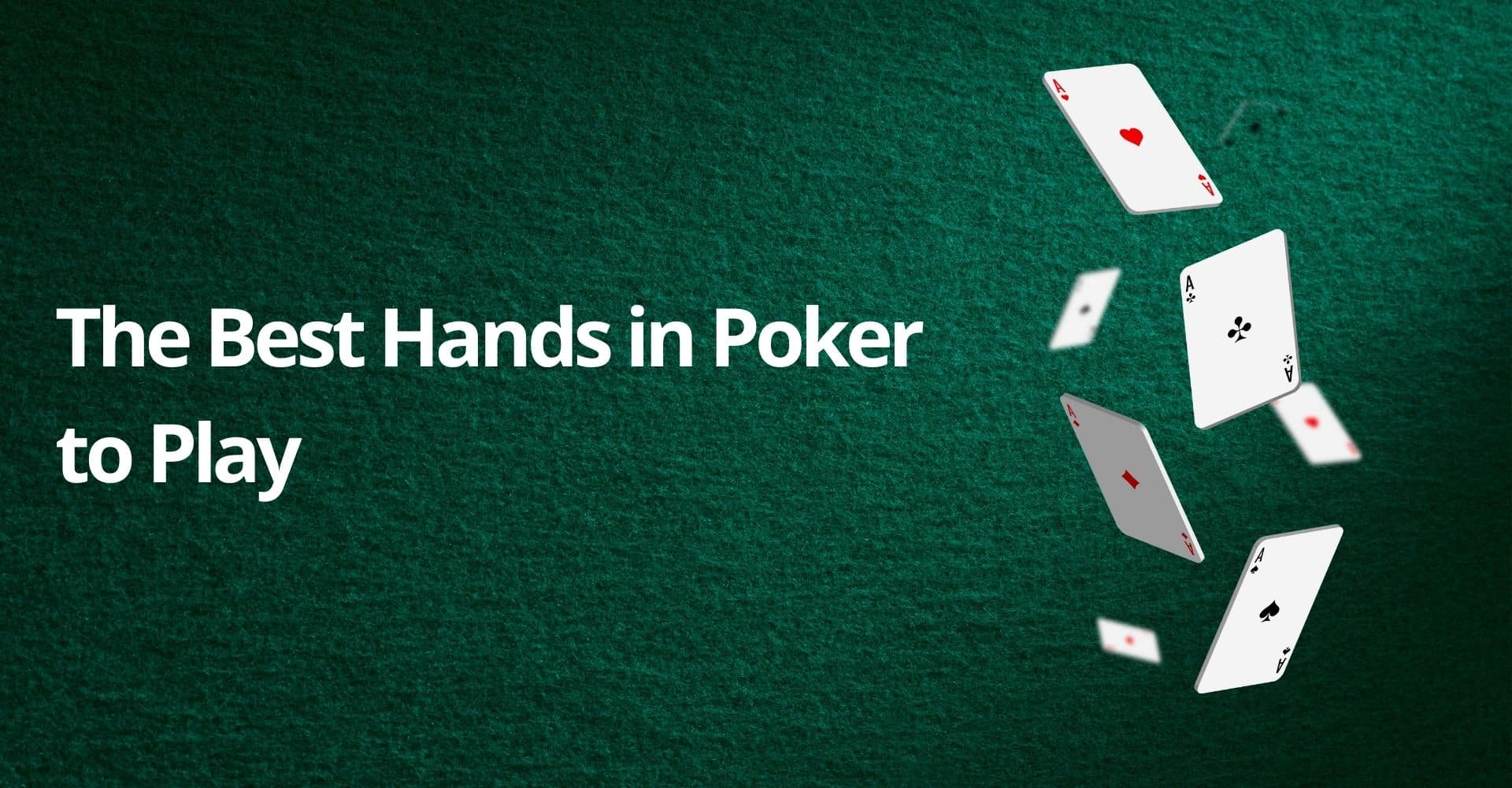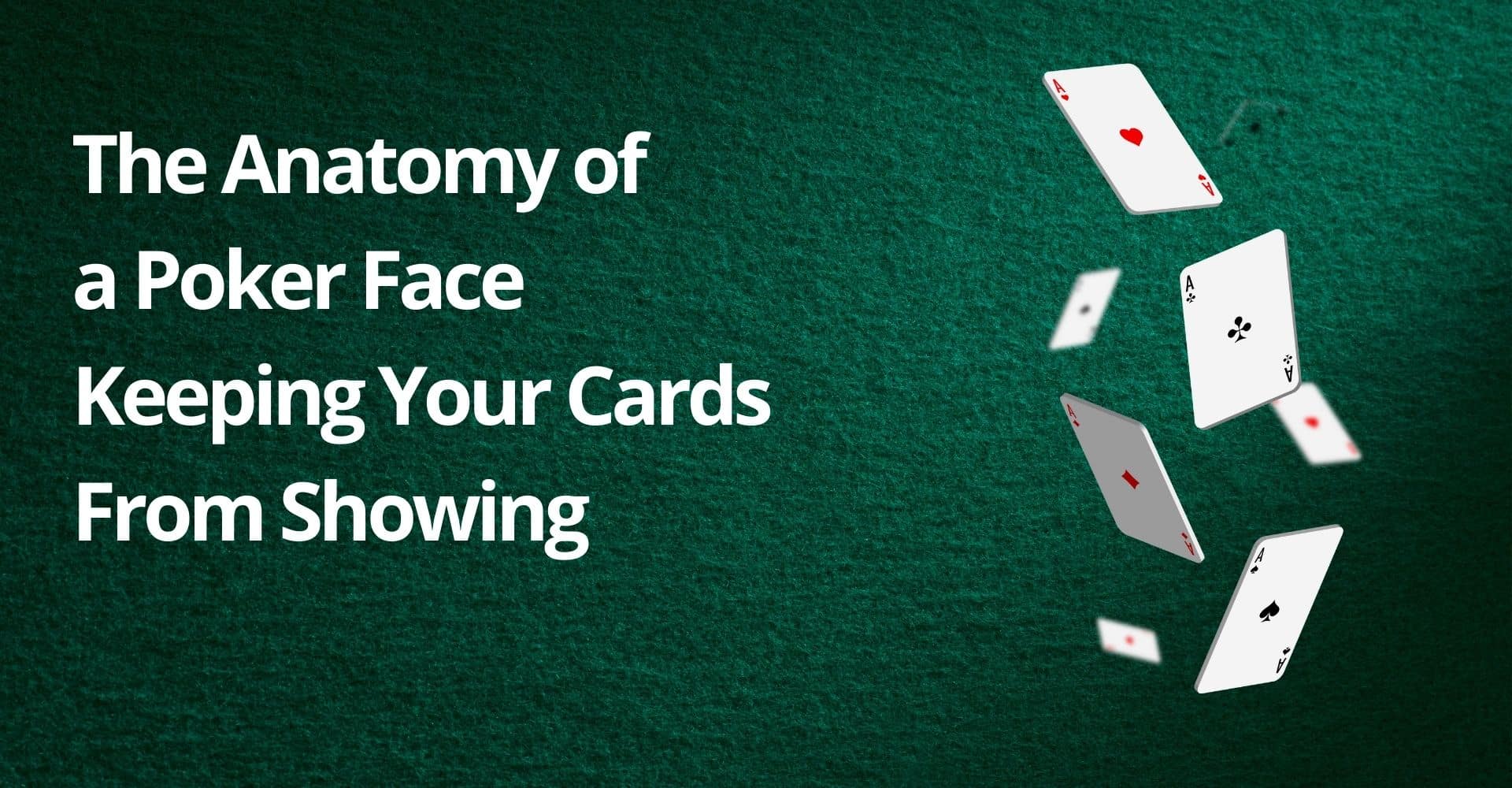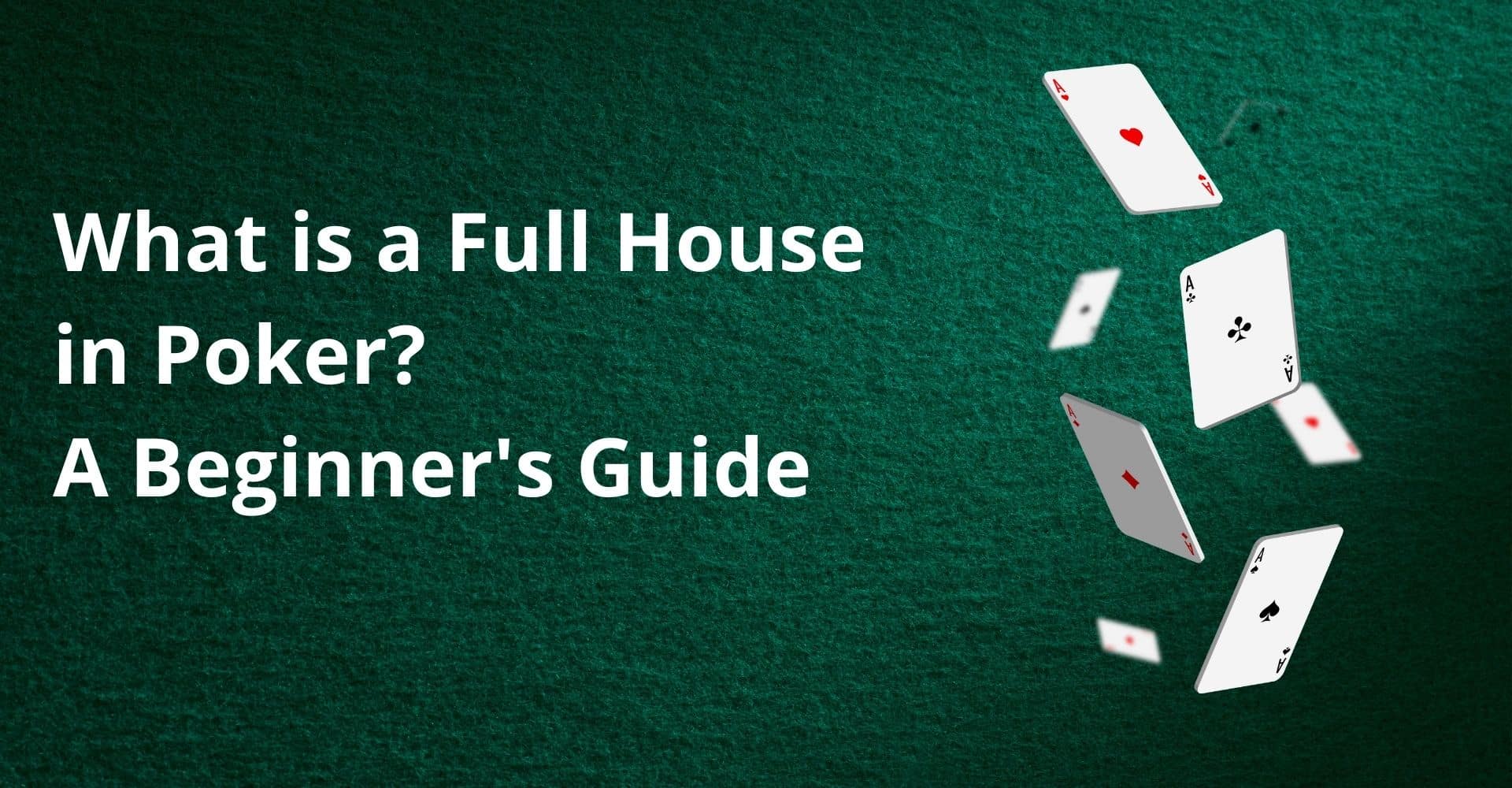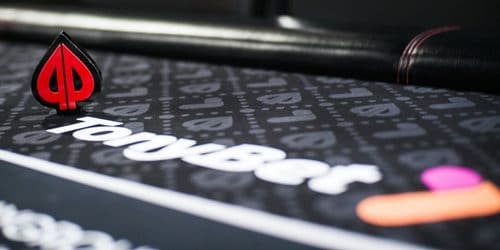Poker is a fascinating, high-octane game that attracts hundreds of thousands of players and aficionados from all over the world. There are many variations to the game, including Texas Hold’Em, Omaha, Open-Face Chinese, and more.
But if you’re just a beginner looking to take a peek into the new world, some poker hand rankings might be going over your head. Don’t worry, help is on its way. Today, we’re going to show you exactly what beats what in poker, other important lingo to know, and more.
Poker Hand Rankings: Strongest to Weakest
As we just mentioned, there are countless poker variants out there, with a unique set of rules, bets, and hands. In most variants, the goal is to connect five strong cards. However, sometimes you’ll have only five cards to do it, and other times, you might have more.
With that said, the hand rankings remain pretty similar across the board, no matter the variant. So let’s check them all out, going from strongest to weakest.
Royal Flush
When it comes to poker hand rankings, there’s nothing that can beat the royal flush, which consists of 10, J, Q, K, and A cards of the same suit. If you get this hand, you’re almost certainly taking home the entire pot.
Of course, getting a royal flush isn’t something that happens all that often for a lot of players. In fact, the chances of getting it are 649,740:1, which means that you would get it 0.000154% of the time.
Straight Flush
Next up is a straight flush, which is a bit more feasible than the royal flush, but it still sits at a probability of 2,192.33:1. It’s a run of five cards that are all in order and in the same suit. So if you get 5♣, 6♣, 7♣, 8♣, and 9♣, you have a straight flush.
The only thing that beats it is the royal flush, but the probability of you seeing a straight flush in a game is 0.00139%.
Four of a Kind
Having four cards of the same rank means that you have four of a kind, which is a pretty solid hand. You might have seen in movies that if someone has four aces, for example, they are unbeatable. But as we’ve just learned, that’s not really the case as a straight flush and royal flush can take it out.
To give you an example, if you have 8♣, 8♥, 8♦, 8♠, or 3♣, 3♥, 3♦, 3♠, you have four of a kind. If two players have the four of a kind, the tiebreak is in the cards rank. So in our example, the eights would outrank the threes. The chances of you getting this hand are much better than the previous two, and they come out at 4,165:1.
Full House
A full house, also known as full boats, is another one of those poker hand rankings that require the use of all five cards. To get one, you need to connect three cards of the same rank with another two cards of the same rank.
Here are three examples of a full house just to ensure you get it down perfectly:
- 8♣, 8♥, 8♦ and 3♥, 3♦
- 9♥, 9♦, 9♠ and 5♠, 5♣
- 10♠, 10♣, 10♥ and J♣, J♦
Just like in the case of a four-of-a-kind, if two players have a full house, the tiebreak is decided by the person with a better trip. In our example, it would be C, as a 10 and J beat out the others.
In five-card games, two players can’t have the same combo, which means the winner is pretty clear. However, there are some poker variants in which two players can have full houses with the same triples. If that happens, you’ll have to look at the remaining pair of hands.
Let’s say you have 9, 9, 9, and 6, 6, while someone else at your table has 9, 9, 9, and 5, 5. Since your pair consists of sixes and their pair consist of fives, you’re the winner.
Another scenario to be prepared for is in Texas Hold’Em when two players have the exact same hands. If that happens, both players would split the pot.
Flush
A flush represents a hand that has cards of the same suit. So 2♥, 3♥, 5♥, 8♥, 9♥ or 4♠, 6♠, 7♠, 10♠, J♠ would both be a flush. If two players have a flush, the winner is the one with the highest high card. If the high card is the same, you’ll look at the second-highest card. And in the scenario, two players have identical flushes (with different suits of course), and the pot is split between them.
Straight
The straight part of the straight flush refers to cards arranged in a sequential order that doesn’t have the same suit. So 2♠, 3♥, 4♦, 5♠, 6♣ and 8♦, 9♣, 10♦, J♠, and Q♥ are both examples of a straight, in which the latter is the better hand since it has a higher value.
Three of a Kind
The three-of-a-kind, just like the four-of-a-kind, is pretty self-explanatory. It consists of three cards with the same number and of a different suit, so 2♣, 2♥, 2♦ or 7♣, 7♥, 7♠, and in the case of a tiebreak, the person with the highest card wins.
If two players have an identically-ranked hand, the winner is decided by looking at the two remaining cards, which are called kickers.
Two Pairs
Two pairs are pretty beatable poker hand rankings, and they consist of two pairs of cards with the same rank. So you could have 5♣, 5♦, and 7♥, 7♠, while someone else is holding 8♦, 8♠, and Q♣, Q♠. Just like in all the hands before, in case of two players having two pairs, the pot goes to the one with the highest card. And if they have the same hand, the kicker decides the play.
A Pair
In poker hand rankings, two pairs beat one pair, which is the weakest connected poker hand. Two cards of the same rank are considered a pair, like two aces, two fours, two tens, and so on. The probability of you getting a pair is pretty high, especially in variants that use more than five cards.
High Card
Unfortunately, there will come a hand where you won’t have anything to connect, and all you’re left with is a single high card. It’s a bit less probable than getting a pair but still happens quite often. If by some chance, no one at the table was able to make a better hand and everyone only has a high card, the pot goes to the one with the highest value.
Kickers
Finally, we have kickers, which are essentially the tiebreakers. When there’s no other way to determine who has the winning hand, you’ll take a look at the cards that didn’t make a hand, and see who has the highest value.

